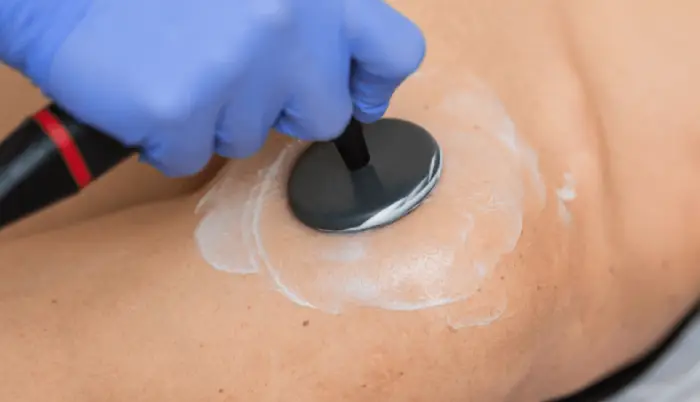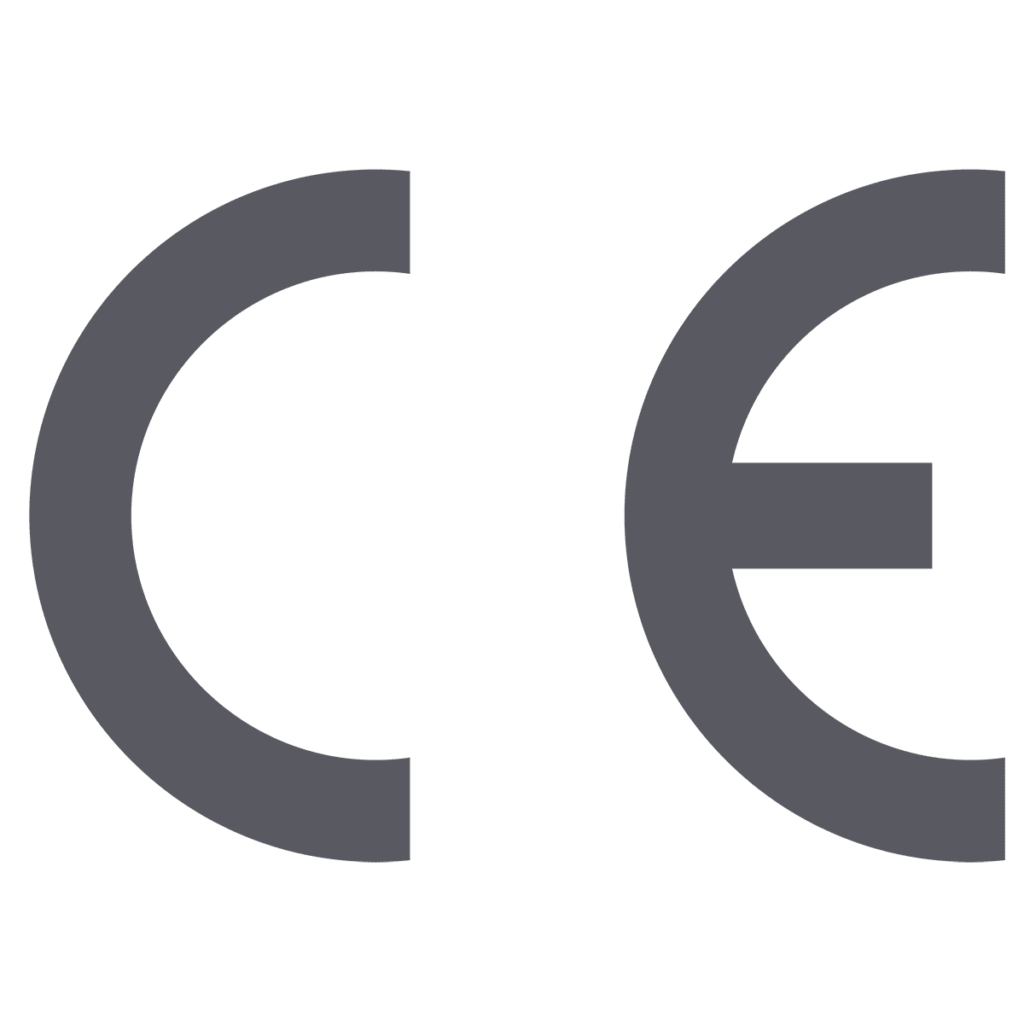In today’s entry, we will address the relevance of caring for the pelvic floor, highlighting its importance, especially for women, who may face more challenges in this area. However, it is crucial to note that men should also pay attention to their pelvic health and adopt similar care practices.
The pelvic floor constitutes an essential structure in the human body, playing a crucial role in health and well-being, especially in the gynecological field. In this section, we will explore the importance of recovering and strengthening the pelvic floor, fundamental aspects to ensure a full and healthy life.
The pelvic floor and gynecological health
The pelvic floor is made up of a set of muscles, connective tissues and ligaments located at the base of the pelvis, which acts as a kind of “hammock” to support the organs located in the pelvic cavity. These organs include the bladder, uterus (in women), and rectum. The health of the pelvic floor is essential for various physiological functions, and its condition can significantly influence the gynecological health of women.
Key functions of the pelvic floor:
- Organ Support: The pelvic floor provides structural support to the pelvic organs, preventing their descent or prolapse. This support is crucial for maintaining the proper position of the bladder, uterus, and rectum.
- Sphincter Control: The pelvic floor muscles are essential for the voluntary control of the sphincters, contributing to the maintenance of urinary and fecal continence.
- Participation in Childbirth: During childbirth, the pelvic floor stretches to allow the baby to pass through the birth canal; and a strong and flexible pelvic floor is crucial to facilitate this process.
As we have mentioned previously, the pelvic floor exerts a notable influence on gynecological health, and this is due to various factors. A weakened pelvic floor can lead to pelvic organ prolapse, causing structures such as the uterus to descend into the vagina, leading to pain and significant health problems.
For example, urinary or fecal incontinence can be a consequence of a weakened pelvic floor, since the muscles are not able to maintain adequate control over the sphincters.
Other pelvic floor problems can also contribute to chronic pelvic pain or discomfort, affecting a woman’s quality of life.
On the contrary, a healthy pelvic floor is essential for proper sexual function. Problems in this area of the body can influence sexual satisfaction and physiological response during intimate relationships.
What can affect the pelvic floor?
The pelvic floor is a fundamental structure in the human body, and can be affected by various factors that directly impact health and its correct functioning; so understanding these elements is essential to address problems and take preventive measures. Here we explain some of the main factors that can affect the state of the pelvic floor:
Pregnancy and Childbirth
During pregnancy, a woman’s body undergoes a series of changes to accommodate the growth of the fetus. These changes directly affect the vital anatomical structure that supports the pelvic organs. Two key aspects to consider in this process are the weight of the uterus and the baby, as well as the birth itself.
Uterus and baby pressure
The uterus undergoes a significant increase in size to accommodate and nourish the developing fetus. As the uterus grows, its weight puts pressure on the pelvic floor. This constant pressure can have effects on the pelvic floor muscles, weakening them over time. The additional load can also contribute to stretching of the connective tissues in this region.
Impact of vaginal birth
During the birth process, especially in cases of vaginal birth, it involves the exit of the baby through the birth canal. In this process, the muscles of this structure stretch considerably to facilitate the baby’s passage. Although the body is designed to adapt to these changes, overstretching can cause damage to the pelvic floor tissues.
Tears and Episiotomies
In some cases, during childbirth, the pelvic floor muscles and tissues can tear. In controlled situations, an episiotomy is performed, that is, a surgical incision to facilitate the passage of the baby. Both situations can affect the integrity of the pelvic floor.
Postpartum and recovery
After childbirth, it is crucial for women to focus on pelvic floor recovery. Specific exercises, known as Kegel exercises, are commonly recommended to strengthen these muscles and aid in rehabilitation.
Aging
With aging, natural changes occur in the body that affect the health and functionality of various structures. One of the fundamental aspects that influences the pelvic floor is the loss of elasticity in the connective tissues and the weakening of the muscles, which can compromise the integrity of the pelvic floor.
Obesity
The impact of excess weight on the pelvic floor is a crucial aspect to consider in general health, especially in the area of incontinence and the well-being of the pelvic system. Here is how being overweight can affect the pelvic floor and contribute to specific problems:
- Excess weight puts additional pressure on the pelvic floor.
- Constant and excessive pressure on the pelvic floor can lead to weakening of the muscles and connective tissues.
- Weakening the pelvic floor can increase the risk of urinary incontinence.
- Weight management becomes a key strategy to preserve the health of the pelvic floor.
Understanding how these factors affect the pelvic floor is essential to addressing existing problems and taking preventive measures. A comprehensive approach that includes specific exercises, lifestyle changes, and, in some cases, medical interventions, can help maintain optimal pelvic floor health and function.
How to strengthen the pelvic floor?
Treatment to strengthen the pelvic floor is essential to address problems associated with its weakening and prevent long-term complications. There are various strategies and approaches that can be effective in treating and strengthening the pelvic floor. Here we give you some key options:
Kegel Exercises
Kegel exercises are a fundamental tool to strengthen the pelvic floor muscles. These exercises involve the contraction and relaxation of specific muscles that are part of the pelvic floor. They are particularly useful for improving continence and preventing organ prolapse.
Pelvic Physical Therapy
Specialized physical therapy directed at the pelvic floor can be prescribed by health professionals. Physiotherapists specializing in pelvic health They can provide specific exercises, biofeedback techniques, and manual therapies to strengthen and rehabilitate the pelvic muscles.
Biofeedback Trainers
Biofeedback devices can be used to improve awareness and control over the pelvic floor muscles. These devices provide visual or auditory feedback on muscle activity, facilitating learning and improving strength and coordination.
Electrostimulation or EMS
Electrostimulation systems such as Onnafit are designed to stimulate and strengthen the pelvic floor, and can be an integral part of the treatment. These devices use innovative technology to provide effective strengthening and toning of the pelvic muscles.
Physical Exercise
Regular physical activity, such as walking, swimming, or yoga, can help maintain a healthy weight and strengthen overall muscles, including those of the pelvic floor.
Changes in Lifestyle
Adopting a healthy lifestyle that includes a balanced diet, weight management and avoiding tobacco can have a positive impact on pelvic floor health.
Psychological Approach
In some cases, pelvic floor problems may be related to emotional or psychological factors. Cognitive behavioral therapy or other forms of psychological support may be beneficial.
Medical and surgical interventions
In more complex or persistent situations, specific medical interventions or medications and, in severe cases, surgical interventions may be considered to correct specific pelvic floor problems.
It is important to note that the treatment approach may vary depending on the individual condition and severity of symptoms. Consulting with health professionals, such as specialized physiotherapists or gynecologists, is crucial to determine the most appropriate treatment plan for each person. Combining multiple approaches, as needed, can offer the best results in pelvic floor rehabilitation.

Strengthen the pelvic floor with Onnafit
Onnafit has emerged as a system specialized in aesthetic electrostimulation, an innovative approach that uses electrical impulses to improve appearance and aesthetic health. This system is based on the combination of a wireless electrostimulation device and specific pants designed to maximize the advantages of this technology.
Onnafit aesthetic electrostimulation (EMS) is a technique that uses controlled electrical impulses to stimulate muscles and tissues with the aim of firming and improving the aesthetic appearance of certain areas of the body. But it is not only presented as a comprehensive beauty solution, it is also an effective solution for the well-being and health of your clients.
The Onnafit system incorporates an electrostimulation device that operates wirelessly. This device emits electrical impulses of low frequency and controlled intensity, which allows precise stimulation of the specific muscles and tissues that you want to stimulate.
Complementing the device, the electrostimulation pants are also a key piece of the system. These pants have been designed with strategically located electrodes, which facilitates the transmission of electrical impulses through the skin directed to specific areas of the body, such as the pelvic floor.
Aesthetic electrostimulation’s main objective is to firm the muscles, helping to improve the general appearance of the skin. By inducing controlled muscle contractions, it not only promotes greater blood circulation and lymphatic drainage, but also promotes an increase in collagen production, which can translate into firmer and more toned skin.
Additionally, Onnafit offers versatility by allowing customization of the intensity of the electrical impulses during the session with your clients. In other words, this added value allows you to adapt the treatment to the individual needs and sensitivities of each client, guaranteeing a comfortable and effective experience.
In short, Onnafit takes a holistic approach to beauty and wellness by offering aesthetic electrostimulation. In addition to firming the body, this technique contributes to the reduction of cellulite, improves blood circulation and facilitates the elimination of toxins, generating holistic aesthetic benefits. This system not only seeks to optimize physical appearance, but also focuses on providing a complete experience that promotes overall health and balance.

Conclusion on how to strengthen the pelvic floor
Onnafit electrostimulation technology has emerged as a highly effective tool in the field of aesthetics, especially in strengthening the pelvic floor during pregnancy. This approach not only contributes to the prevention and treatment of problems such as urinary incontinence and sexual dysfunction, but also offers additional benefits.
After just a few sessions of Electromuscular Stimulation (EMS), your clients will experience noticeable improvements in pelvic floor strength. This additional effect may be key to fat oxidation and facilitate weight loss that may persist after childbirth.
The versatility of Onnafit electrostimulation is presented as a comprehensive solution, addressing both pelvic health and postpartum fitness goals.
Frequently asked questions about strengthening your pelvic floor
What is the pelvic floor and why is it important to strengthen it?
The pelvic floor is a group of muscles and tissues that support organs such as the bladder, uterus (in women) and bowel. Strengthening it is important to prevent problems such as urinary incontinence, improve bowel control and, in women, aid in postpartum recovery and sexual health.
What are the benefits of having a strong pelvic floor?
A strong pelvic floor helps prevent and treat urinary incontinence, promotes better recovery after childbirth, improves sexual function and may help prevent pelvic organ prolapse. It also improves bladder and bowel control and helps support the spine.
How can I strengthen my pelvic floor?
The most common method for strengthening the pelvic floor is to do Kegel exercises. These exercises involve repeatedly contracting and relaxing the pelvic floor muscles. To locate the correct muscles, imagine that you are trying to stop the flow of urine. Contract for 3 to 5 seconds and then relax, repeating several times throughout the day.
How many times a day should I do Kegel exercises?
It is recommended that you do Kegel exercises at least three times a day, with 10 to 15 repetitions per session. Over time, you can increase the number of repetitions and the duration of the contraction to further strengthen the muscles.
























One Response